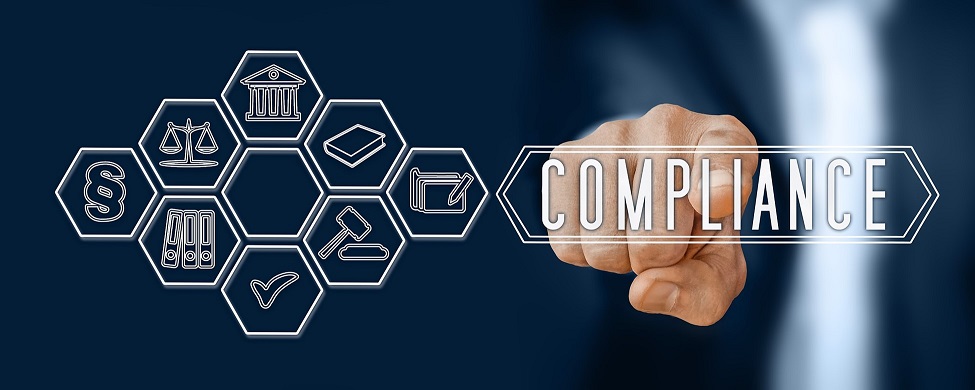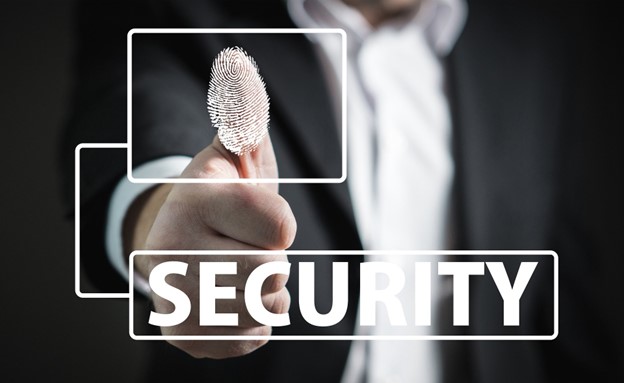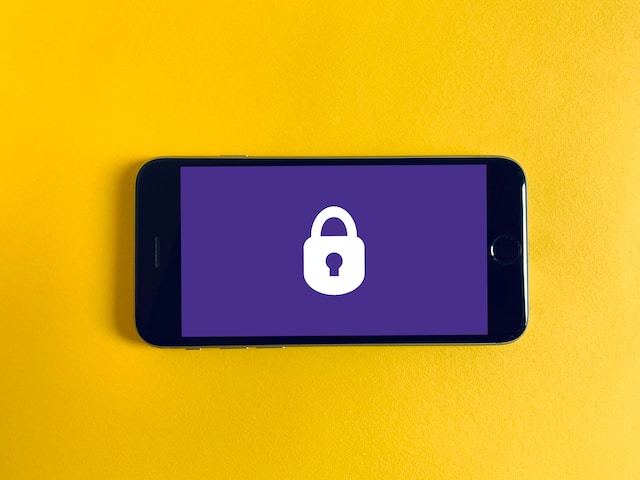As we continue to embrace the digital age, remote access has emerged as an essential aspect of the contemporary work environment. The convenience of working from anywhere and at any time has not only boosted employee flexibility and productivity but also allowed organizations to access a diverse range of talent from around the globe.
With the growing trend of remote work, establishing secure and compliant remote access strategies is of utmost importance.
The increased dependence on remote access presents an array of security concerns and challenges. Companies must successfully navigate a maze of regulatory requirements, industry-specific guidelines, and recommended security practices to safeguard their data and systems.
By doing so, they not only prevent sensitive information from falling into the wrong hands but also avert substantial penalties, damage to their reputation, and loss of trust from clients and partners.
We will discuss the essential steps for creating a solid, compliant remote access plan that keeps you ahead in an ever-changing digital world. A business needs to ensure remote access is not just a matter of convenience but also secure and compliant!
Understand Your Regulatory Environment
Tackling the complex world of regulations might appear overwhelming, but it’s essential to crafting a compliant remote access approach, which includes phone search. In today’s mobile-driven work environment, extending regulatory compliance to phone search becomes essential.
This involves understanding regulations on data privacy, security, and access management on mobile devices and ensuring the implementation of compliance measures.
Following Regulations and Guidelines
It also involves pinpointing the particular regulations and guidelines relevant to your field, including AI domains. These might encompass regional data privacy laws, such as the GDPR for the European Union, or sector-specific regulations like HIPAA for healthcare organizations in the United States. Bear in mind that adhering to multiple sets of rules may be necessary, especially if your operations span across different countries or industries.

After identifying the applicable regulations, examining the specific stipulations related to secure remote desktop access and data security is crucial. This could entail comprehending the allowed methods of data transfer, prerequisites for data encryption, and directives for access management.
Gaining insights into these aspects will enable you to develop a remote access plan that satisfies the required standards and ensures your company operates within legal boundaries.
Naturally, it’s vital to recognize the penalties and repercussions resulting from non-compliance. These can vary from monetary fines to legal actions, and damage to your reputation, which could influence your enterprise’s capacity to attract and maintain clients.
Being aware of potential consequences underscores the significance of compliance but also assists in making informed choices when weighing security measures against your organization’s practical needs. Remember that staying knowledgeable and proactive concerning your regulatory landscape invests in your business’s long-term stability and security.
Establishing Robust Authentication And Authorization
A robust and compliant remote access plan relies on dependable authentication and authorization processes, shielding vital data and resources from unauthorized access.
Utilizing multi-factor authentication (MFA) improves security by mandating users to present various forms of identification before permitting access. Role-based access control (RBAC) streamlines access rights administration by assigning permissions according to roles, guaranteeing users only access to essential resources.

Incorporating the principle of least privilege (POLP) further bolsters access management by confining user access to the bare minimum needed for job functions. Consistently revising and modifying user privileges is crucial for maintaining a strong, compliant remote access plan.
Establish A Secure Remote Access Infrastructure
Developing a robust remote access infrastructure is vital for guaranteeing the security and compliance of your organization’s remote work setup, including using remote desktop software for Windows. An efficient infrastructure grants smooth access to resources and defends your sensitive data and systems against potential risks.
First and foremost, selecting a secure remote access solution that aligns with your organization’s demands is crucial. Common choices include virtual private networks (VPNs) and virtual desktop infrastructures (VDIs). VPNs establish an encrypted connection between the user’s device and your network, enabling secure access to resources.
Conversely, VDIs offer a virtual desktop environment where data processing and storage occur on centralized servers instead of the user’s device. Each option has its pros and cons, so carefully assess your organization’s needs and capabilities before committing to a solution.
Remote Access and Encryption
Another vital component of a resilient remote access infrastructure is guaranteeing that all data transmissions are encrypted. Encryption preserves the confidentiality and integrity of your information by transforming it into a format that can only be interpreted by someone possessing the appropriate decryption key.
Encrypting data both in transit and at rest lowers the possibility of unauthorized access and data breaches, even if a cybercriminal intercepts the transmission.
Create Comprehensive Remote Access Policies
Developing well-rounded remote access policies is essential for maintaining a secure and compliant remote work setting, including cloud computing, mitigating security risks, and promoting responsible usage.
Firstly, outline acceptable remote access usage, specify systems and resources to access remotely, and set limitations on data handling. Secondly, tackle device security and BYOD (Bring Your Own Device) policies, encompassing device security standards and procedures for registering, securing, and revoking access to personal devices.

Furthermore, devise guidelines for remote work locations and networks, elaborating on best practices for safeguarding home networks, employing VPNs for public networks, and any restrictions based on location.
Periodically revising and updating remote access policies fosters security consciousness and upholds a compliant remote work environment.
Monitor And Audit Remote Access Activities
Ongoing management of remote access actions is essential for upholding a secure and compliant remote work setting. By closely supervising and assessing these activities, you can quickly detect potential security dangers and vulnerabilities and allow prompt intervention and resolution.
First, introducing a monitoring and logging system is a crucial step. A reliable system will automatically track and document remote access activities, such as login attempts, file transfers, and configuration modifications. This data offers valuable insights into user behavior and acts as an audit trail in the event of security incidents or compliance inquiries.
When choosing a monitoring and logging solution, ensure it meets your organization’s needs and complies with relevant regulatory standards. To ensure your monitoring and logging solution is accessible, as well as any pages or websites, you can use an accessibility testing website that will provide reports and stats on how accessible your sites are.
Next, routinely reviewing and analyzing access logs is critical for sustaining security and compliance. Regular log reviews can assist you in identifying patterns or irregularities that may suggest unauthorized access, insider threats, or other potential security risks.
Lastly, performing periodic audits of your remote access infrastructure and policies is vital for pinpointing risks and vulnerabilities. These audits should evaluate the efficiency of your security measures, confirm compliance with relevant regulations, and assess the overall security stance of your remote work environment.
Uptime Monitoring
Uptime monitoring plays a crucial role in ensuring the effectiveness and compliance of your remote access strategy. With employees accessing company resources and systems remotely, it becomes essential to have a reliable mechanism that constantly monitors the availability and performance of these resources.
Uptime monitoring involves regularly checking the accessibility and responsiveness of remote access tools, servers, applications, and networks.
By employing robust uptime monitoring solutions, businesses can promptly identify and address downtime or performance issues, minimizing disruptions and ensuring compliance with service level agreements (SLAs) and regulatory requirements.
Proactively monitoring uptime enables organizations to maintain a consistent and uninterrupted remote access experience, promoting productivity and meeting compliance standards.
By meticulously supervising and assessing remote access actions, you can reinforce your organization’s security position, maintain regulatory compliance, and promote a culture of continuous improvement and risk reduction.
Train Employees On Remote Access Best Practices
A highly effective approach to guarantee the security and compliance of your remote access plan is through employee education. By providing your workforce with the necessary knowledge and abilities to adhere to best practices, you can considerably decrease the chances of security incidents and increase compliance skills team-wide.
A crucial component of this instruction is offering regular security awareness courses for your staff. These courses should encompass a range of subjects, such as secure internet browsing behaviors, evading phishing schemes, and appropriate management of sensitive information.

Another vital aspect of employee instruction should be stressing the significance of robust passwords and multi-factor authentication (MFA). Passwords frequently serve as the initial barrier against unauthorized access, and teaching employees how to create and maintain strong, distinctive passwords can notably improve your organization’s security stance.
Security Hazards
Finally, it is imperative to educate employees on identifying and reporting potential security hazards. This involves training them to recognize indications of phishing endeavors, malware infections, and other dubious activities. By nurturing a culture of alertness and open communication, your workforce can contribute to your organization’s overall security.
Consider reviewing their progress through quizzes and online assessments. With a report builder tool, they’ll also be able to access reports on their progress, and you’ll be able to give them immediate feedback.
By instructing staff on remote access best practices and supplying them with the tools and knowledge to navigate the digital environment securely, you can establish a solid foundation for a compliant and robust remote access plan.
Establish A Robust Incident Response Plan
Developing a strong incident response plan is vital for mitigating security breach consequences and ensuring a secure, compliant remote access approach. A well-crafted plan enables prompt, efficient responses to incidents, minimizing damages and facilitating recovery.
First, create a remote access security breach response strategy, including a risk assessment – What is a cybersecurity risk assessment? Outline containment, eradication, recovery, and post-incident evaluation actions, ensuring synchronized, timely reactions that prevent escalation and reduce operational impact.
Next, form a cross-functional incident response team with representatives from IT, HR, legal, and PR to coordinate the response effort, considering all relevant perspectives.
Lastly, conduct regular drills and simulations to test and refine the strategy, identify gaps, and familiarize team members with their roles, fostering proficient responses during actual breaches.
Regularly reviewing and updating the incident response strategy ensures preparedness and resilience against emerging threats and technological advancements.
Conclusion
Maintaining a compliant remote access strategy is crucial in today’s interconnected world as businesses increasingly adopt remote work, ensuring the security and compliance of systems and practices to protect sensitive information and meet regulatory obligations.
Staying adaptive and evolving remote access strategies is essential for navigating the changing regulatory landscape and growing cyber threats. By understanding the regulatory environment, implementing strong authentication methods, creating a secure remote access infrastructure, developing comprehensive policies, and training employees, organizations can establish a solid foundation for secure remote work.
Continuous monitoring, establishing a robust incident response plan, and regular evaluations of remote access strategies are vital for maintaining resilience and preparedness against security breaches. Proactively adapting remote access approaches allows organizations to reduce risks, maintain compliance, and ensure remote work environments’ ongoing security and success.
Sam O’Brien – Vice President of Marketing
Sam O’Brien is the Vice President of Marketing for RealVNC, a leading provider of secure, reliable remote access solutions. He is a growth marketing expert with a product management and design background. Sam has a passion for innovation, growth, and marketing technology. Here is his LinkedIn.
